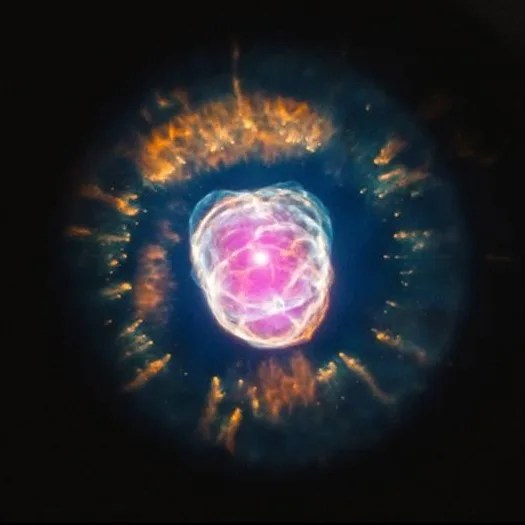Messier 33
At half the size of our Milky Way, Messier 33 is the third-largest galaxy in our local group of galaxies.
Distance
About 3 million light-years
Apparent Magnitude
5.7
constellation
Triangulum
object type
Spiral Galaxy

Spiral galaxy M33 is located in the triangle-shaped constellation Triangulum, earning it the nickname the Triangulum galaxy. About half the size of our Milky Way galaxy, M33 is the third-largest member of our Local Group of galaxies following the Andromeda galaxy (M31) and the Milky Way. Comprised of 54 separate Hubble fields of view, this image is the largest high-resolution mosaic of M33 assembled to date by any observatory. It resolves 25 million individual stars in a 14,000-light-year-wide region spanning the center of the galaxy.
Blue-colored regions scattered throughout the image reveal numerous sites of rapid star birth in M33. In fact, Hubble’s observations reveal that the Triangulum galaxy’s star formation rate is ten times higher than the average found in the Andromeda galaxy, previously surveyed by Hubble in similar detail. A bright blue patch in the lower left of this image, called NGC 604, is the largest star-forming region in M33 and one of the largest stellar nurseries in the entire Local Group.
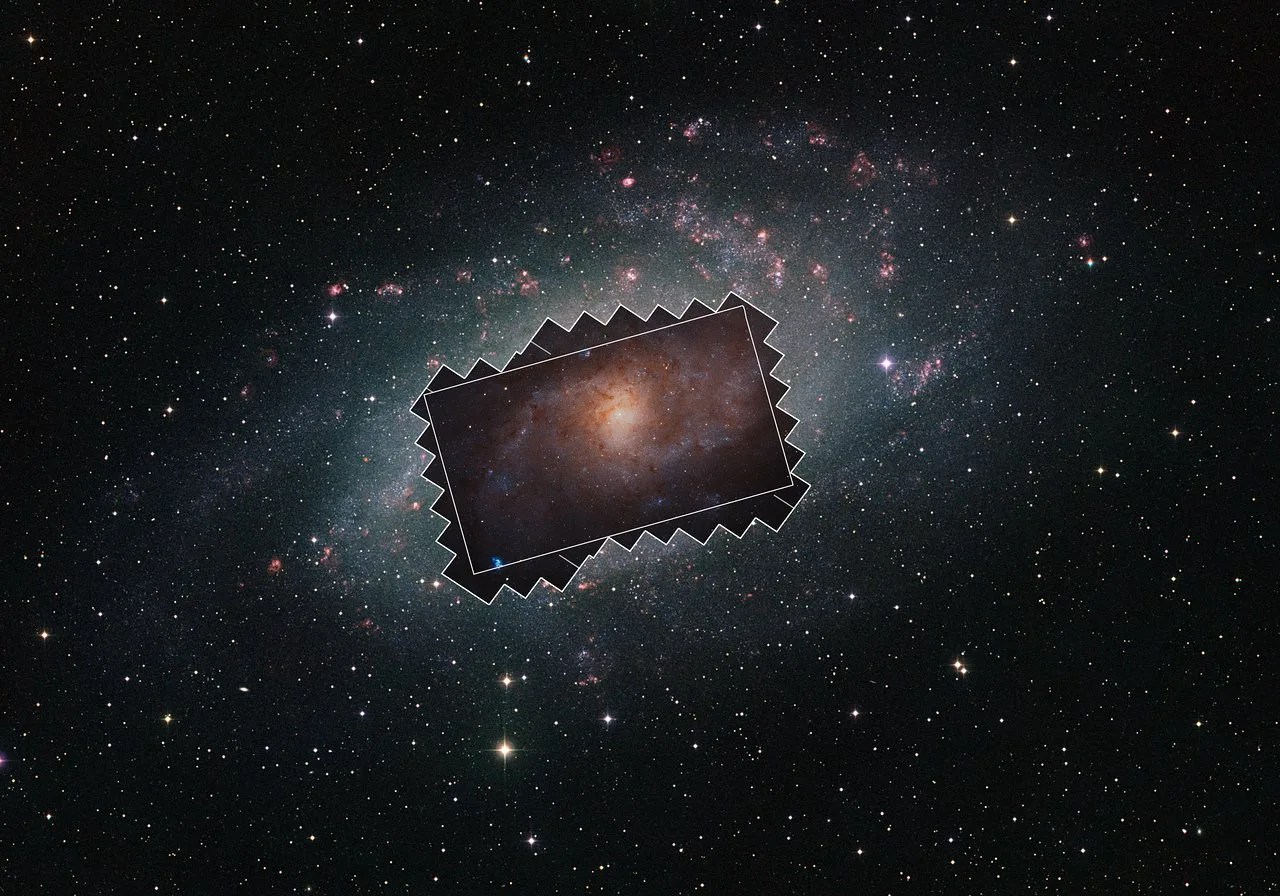
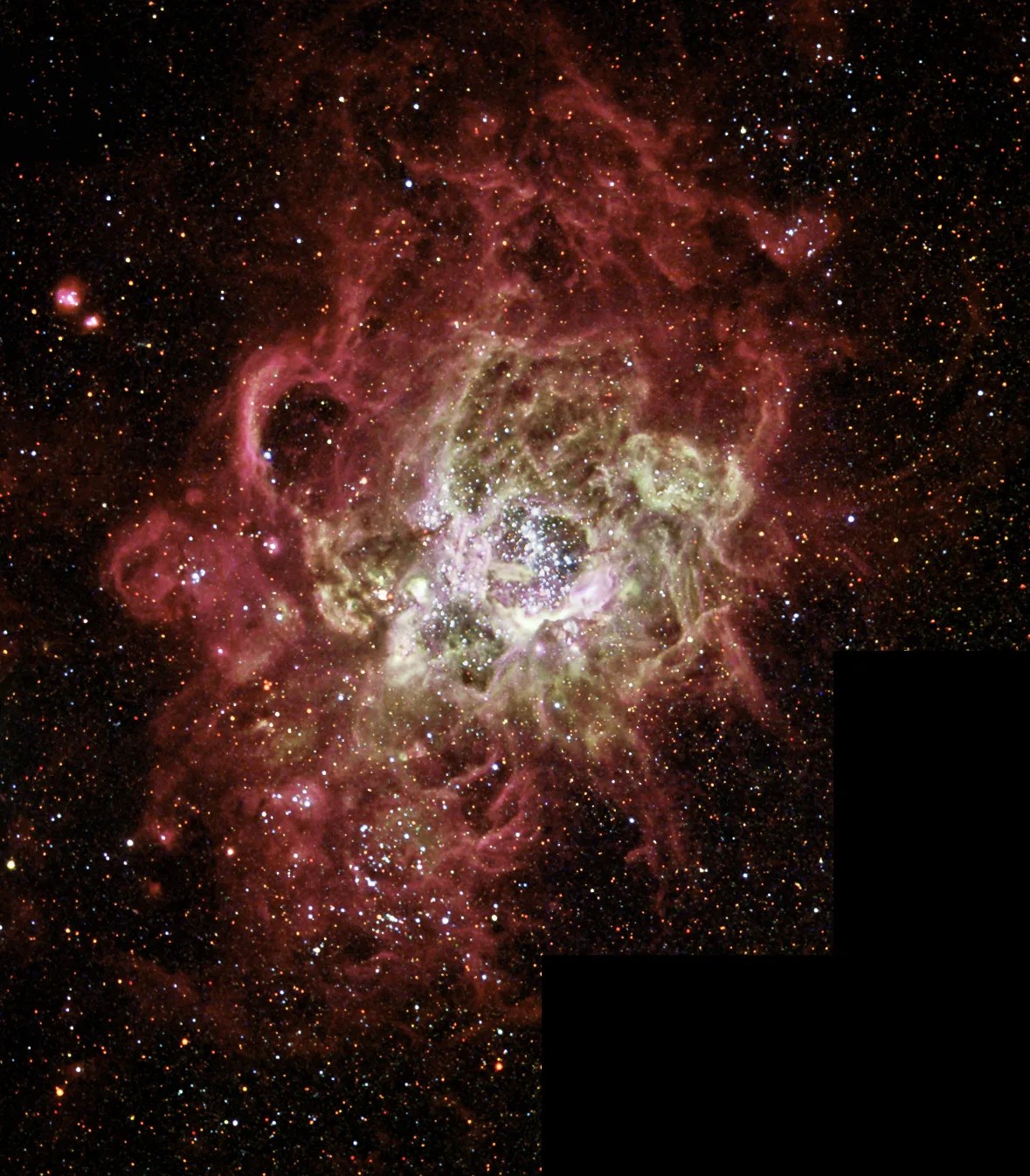
The Triangulum galaxy’s orderly spiral structure displays few signs of interactions with nearby galaxies. However, that could change in the future. Only slightly farther away from us than the Andromeda galaxy, about 3 million light-years from Earth, M33 is a suspected gravitational companion to Andromeda, and both galaxies are moving toward our own. M33 could become a third party involved in the impending collision between the Andromeda and Milky Way galaxies more than 4 billion years from now.
M33 has a relatively bright apparent magnitude of 5.7, making it one of the most distant objects that keen-eyed observers can view with the unaided eye (under exceptionally clear and dark skies). Although a telescope will start to reveal some of M33’s spiral features, the diffuse galaxy is actually easiest to examine with low magnification and a wide field of view, such as through binoculars. It is best observed in November.
Although others may have viewed the galaxy earlier, Charles Messier was the first to catalog M33 after observing it in August 1764. In the 1920s, astronomer Edwin Hubble studied dozens of variable stars (those that periodically change brightness) in M33, which helped him to estimate the object’s distance and prove that M33 is not a nebula within our own galaxy, as previously suspected, but actually a separate galaxy outside our own.
For more information about Hubble’s observations of M33, see:


Explore Hubble's Messier Catalog
The following pages contain some of Hubble’s best images of Messier objects.

Messier 1 (The Crab Nebula)
Better known as the Crab Nebula, Charles Messier originally mistook Messier 1 for Halley’s Comet, which inspired him to create…
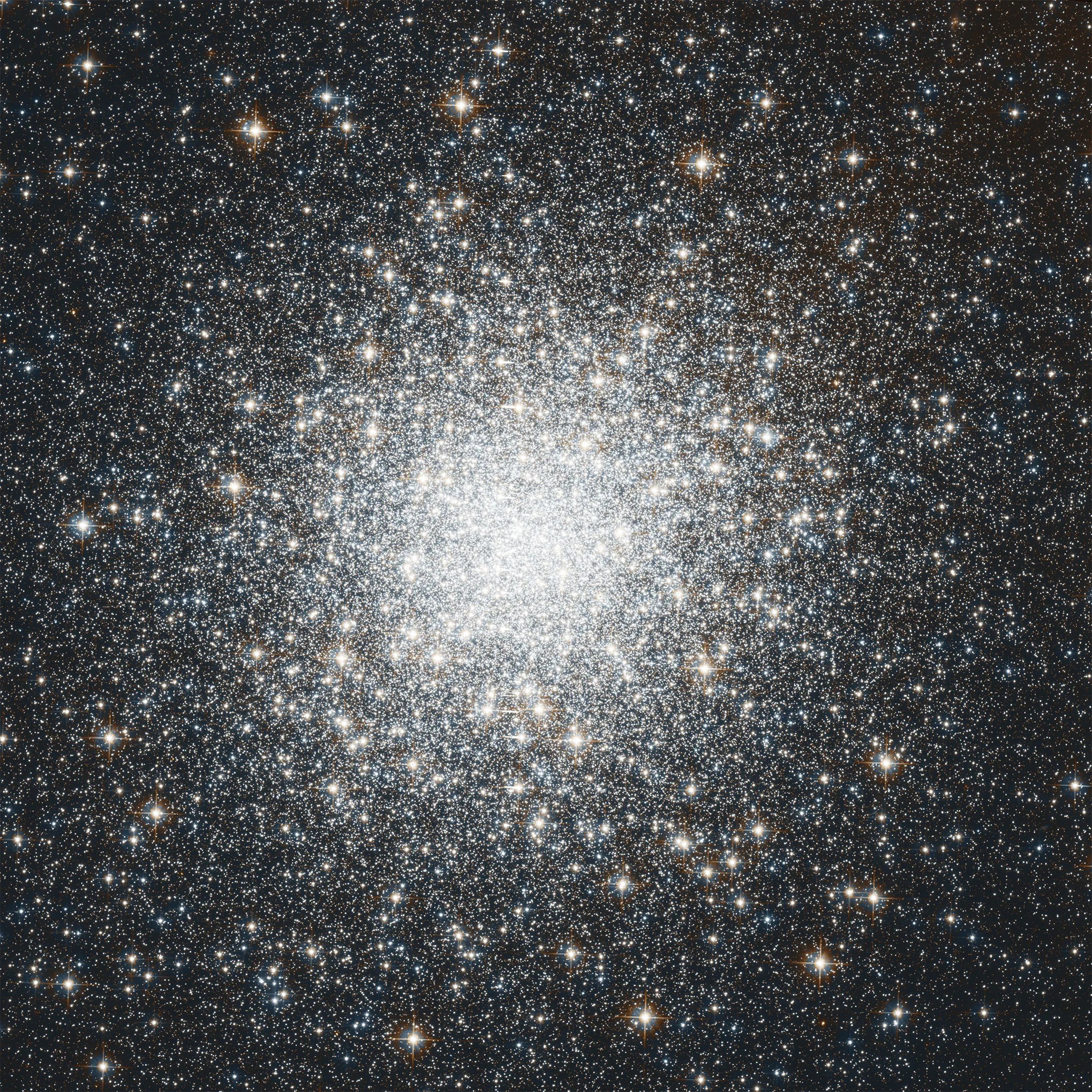
Messier 2
Hubble's image of Messier 2 is comprised of visible and infrared wavelengths of light.
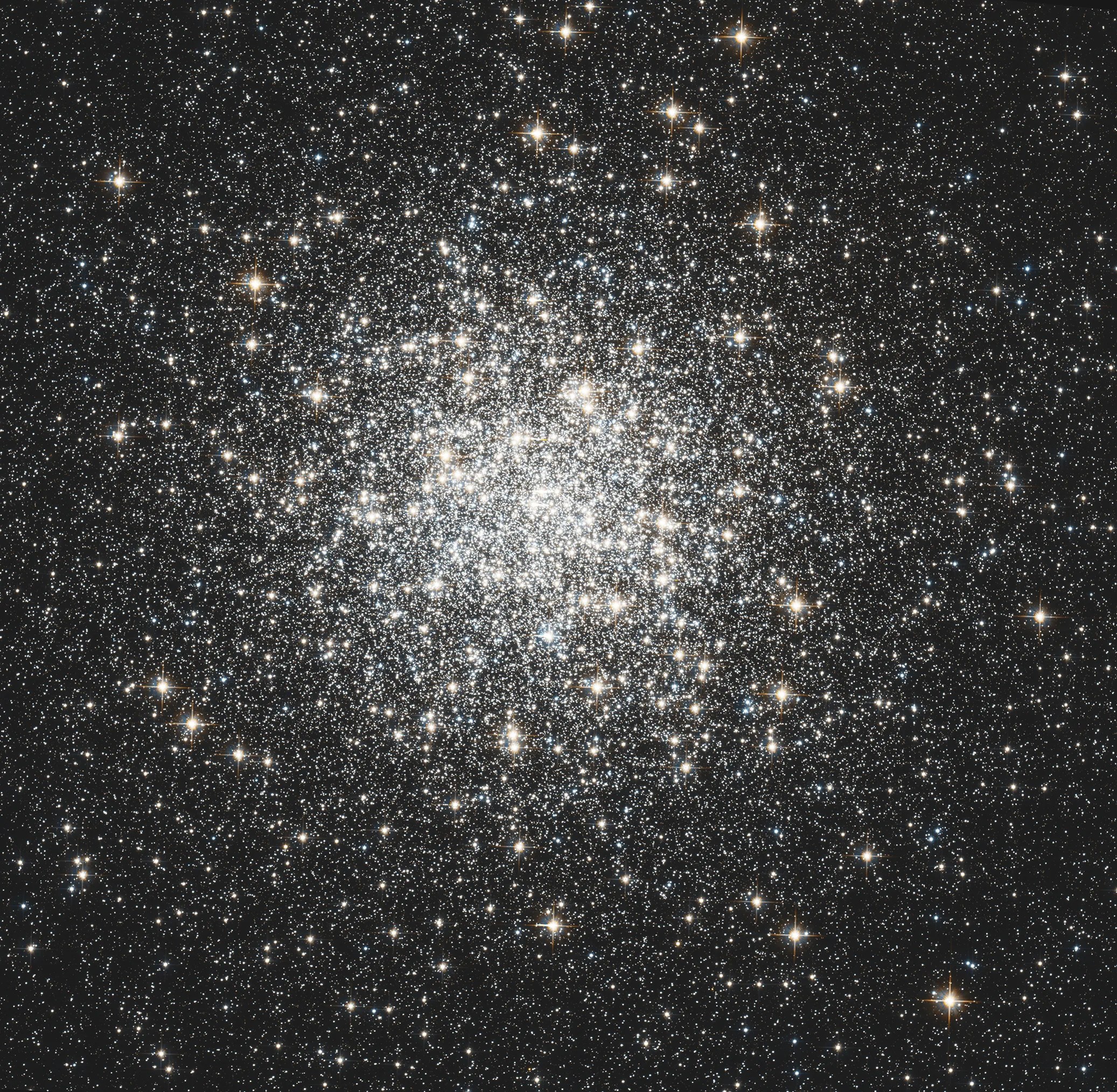
Messier 3
Messier 3 holds more than 500,000 stars.




